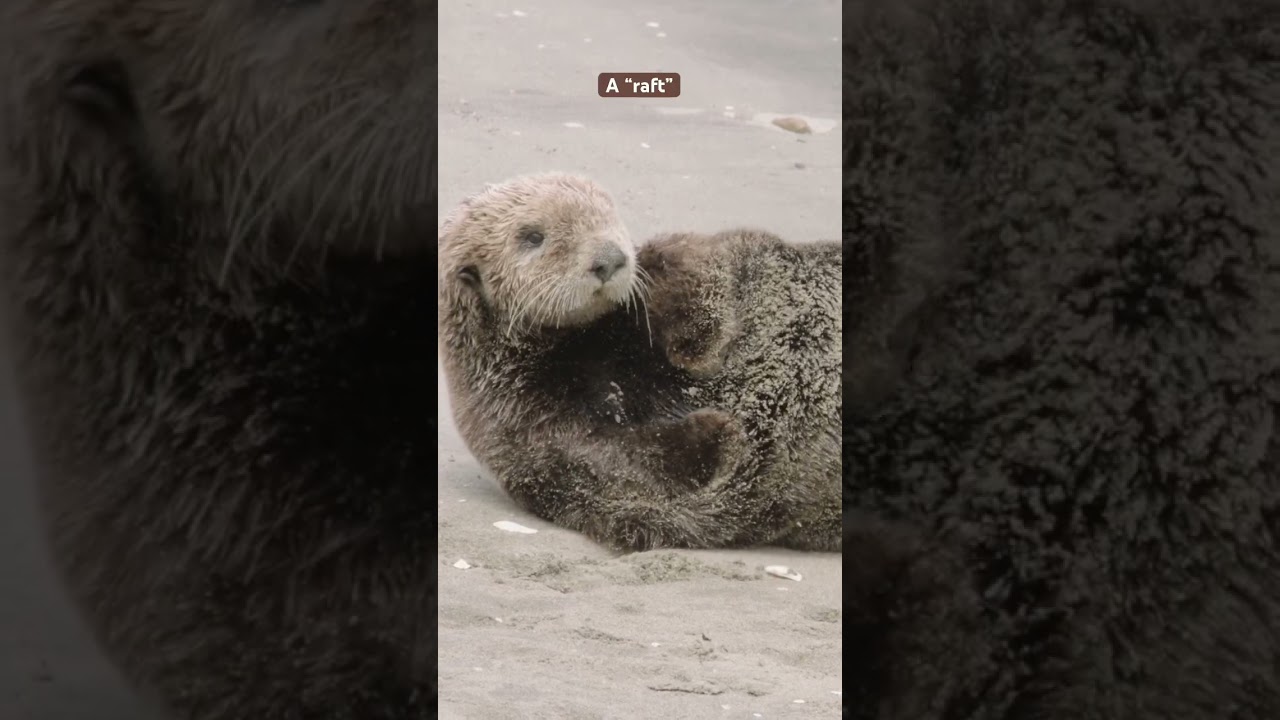Summary:
1. Sea Otter Awareness Week: A Celebration of an Otter-ly Amazing Species
2. The Importance of Sea Otters in Ecosystems: Keystone Species
3. The Adorable and Unique Adaptations of Sea Otters
4. The Threats Facing Sea Otters and Conservation Efforts
5. How You Can Get Involved in Sea Otter Conservation
Sea Otter Awareness Week: A Celebration of an Otter-ly Amazing Species
Welcome to Sea Otter Awareness Week, a special time dedicated to appreciating and learning about one of the most fascinating creatures in the animal kingdom – sea otters. These enchanting marine mammals are known for their adorable appearance, playful behavior, and crucial role in maintaining healthy coastal ecosystems. Join us as we dive into the amazing world of sea otters and discover the beauty and importance of these incredible animals.
The Importance of Sea Otters in Ecosystems: Keystone Species
Sea otters play a vital role in the delicate balance of coastal ecosystems, making them what biologists refer to as a “keystone species.” Although they may be small, their impact on their habitat is immense. As voracious predators, sea otters help control the population of invertebrates, such as sea urchins, crabs, and clams. By doing so, they prevent these species from depleting the kelp forests, which serve as important nurseries and habitats for various marine life. Without sea otters, the delicate ecological balance of the coastal ecosystem would be disrupted, leading to a cascade of negative effects.
The Adorable and Unique Adaptations of Sea Otters
Sea otters have evolved a fascinating set of adaptations that allow them to thrive in their marine environment. One of their most well-known traits is their dense fur, the thickest of any known mammal. This luxurious coat helps to insulate them from the cold ocean waters, maintaining their body temperature. Unlike most other marine mammals, sea otters lack a layer of fat, so their fur is crucial in keeping them warm. It also traps air bubbles, providing natural buoyancy that allows them to float effortlessly on the water’s surface while grooming, eating, and sleeping.
Another unique adaptation of sea otters is their incredible talent. They have incredible manual skills, using their forepaws as hands to manipulate objects and food. This agility is particularly evident when they’re feeding. Sea otters are expert hunters and use rocks they retrieve from the ocean floor as tools to crack open the shells of their favorite prey – clams, mussels, and snails. Their stone tool is an impressive example of animal intelligence and showcases their problem-solving abilities.
The Threats Facing Sea Otters and Conservation Efforts
Despite their remarkable abilities and ecological importance, sea otters face numerous threats to their survival. Historically, they have been heavily hunted for their fur, leading to a massive decline in their populations worldwide. Pollution, habitat loss, and human-induced disturbances pose significant challenges. Climate change is another emerging threat, as it can negatively impact their habitat through rising sea levels, changes in ocean currents, and decreased food availability.
To combat these threats, various conservation organizations and initiatives are working tirelessly to protect and restore sea otter populations. For instance, the San Diego Zoo Wildlife Alliance has been at the forefront of sea otter conservation efforts. Through research, habitat restoration, and public awareness campaigns, these organizations aim to ensure a brighter future for sea otters and the delicate ecosystems they inhabit.
How You Can Get Involved in Sea Otter Conservation
Sea Otter Awareness Week is a time for celebration and education and an opportunity to make a difference. There are several ways you can get involved in sea otter conservation:
1. Support conservation organizations: Consider donating to reputable organizations focused on sea otter conservation. These funds go directly toward research, rescue efforts, and habitat restoration projects.
2. Educate others: Spread the word about the importance of sea otters and the conservation efforts underway. Share information on social media, organize educational events or converse with friends, family, and colleagues.
3. Minimize your ecological impact: Adopt sustainable practices in your daily life to reduce pollution and carbon emissions. Small actions like reducing single-use plastics, conserving water, and supporting sustainable seafood can contribute to a healthier marine environment.
4. Volunteer or participate in citizen science: Many organizations offer volunteer opportunities or citizen science programs where individuals can contribute to data collection, research, and monitoring efforts. This hands-on involvement allows you to directly contribute to sea otter conservation.
As we wrap up this amazing journey celebrating Sea Otter Awareness Week, let us remember the awe-inspiring qualities of sea otters and their critical role in maintaining our coastal ecosystems. By appreciating these remarkable creatures and taking action in their conservation, we can collectively positively impact their future. Join us in spreading the word and taking meaningful steps to protect sea otters for generations.
*****
Source Description


